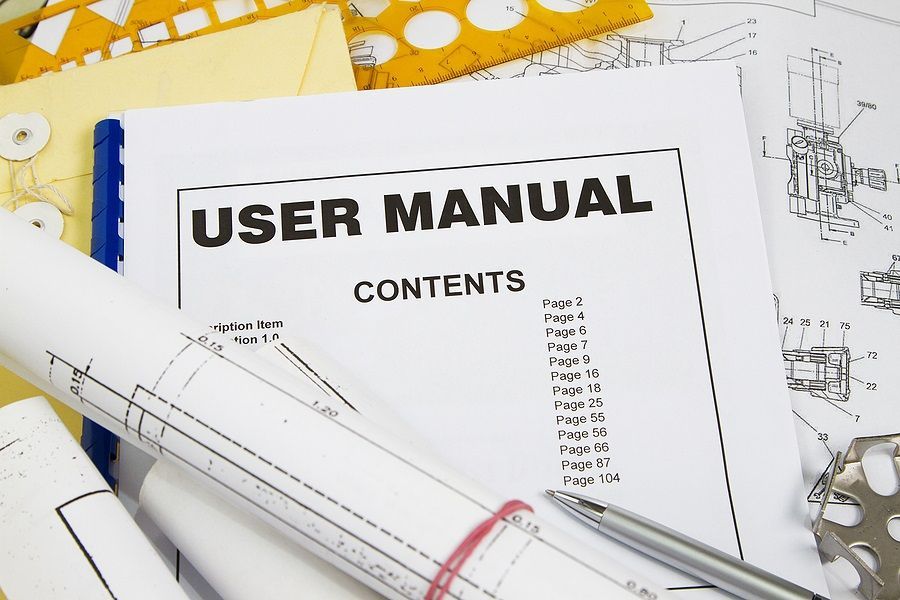If Your Product Is Complicated, Focus on How It Helps, Not How It Works

Simplicity sells. No doubt about it.
The easier a product is to understand, the more comfortable someone will be with their purchase decision. If they “get” how it works, they’ll be more likely to buy it.
They get the logic behind it. The process behind it. The science behind it. The technology behind it. The mechanics behind it.
For example, one of my dreams in life is to own a zero-turn riding mower. Turning at zero degrees would allow me to cover more ground in less time without leaving strips of grass uncut.
I get how it works, which makes the benefits – how it helps – even more obvious.
Unfortunately, not every product is simple. Just think about some of the products you use every day and how they work.
I don’t get how I can connect to the internet through the air. I don’t get how video and audio are delivered as data and magically appear on the screen of my laptop or smartphone when I click an app or type a URL.
But I gladly pay through the nose for that service. Why? Because I know how it helps.
It provides on-demand access to whatever content and applications I need to do my job.
If you can concisely explain how your product works in simple terms, do it. That simplicity is a selling point.
But marketing content should not be a user manual, especially for a complicated product.
Trying to explain how a complicated product works could just muddy the waters. It could frustrate and alienate potential buyers. At the very least, it could make them second-guess their decisions.
Instead, focus your marketing content on what people are really paying for – the end result – how your product solves a problem, fills a need, or makes one’s life better.
Focus on how it helps your ideal client.
An explanation of how a product helps, using everyday language and real-world scenarios, will be more relevant and have more impact than a potentially technical explanation of how a product works.
This is about cognitive fluency. Cognitive fluency is our ability to easily understand and evaluate information, and how we feel about that process. It involves both the logical and emotional aspects of decision-making.
The easier information is to understand, the higher our cognitive fluency. The higher our cognitive fluency, the better we feel about the process and the subject matter.
When it comes to purchase decisions, the better we understand and feel about something, the more likely we are to buy it.
In addition to the right messaging, things like design, font, font size, and line spacing contribute to cognitive fluency. Visual presentation is another topic for another day, but every part of your explanation of how your product helps should be as simple and easy to digest as possible.
It can be tempting to try to explain how your product works, even if it’s highly complex. You’re heavily invested in that product. You’re passionate about it. You have an emotional attachment to it.
But is that what matters most to your ideal client?
If a prospect wants to know how your product works, you can explain it to them. You can develop content that shows how it works.
The higher priority in the marketing of a complicated product, however, should be conveying how it helps. This will help build cognitive fluency so people can rationally justify their emotional decisions.
And the end result – how it helps – is ultimately what people are buying.

